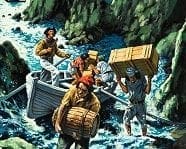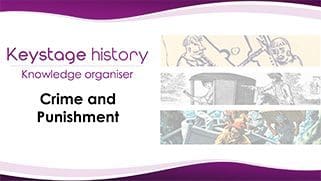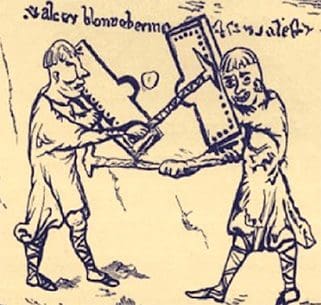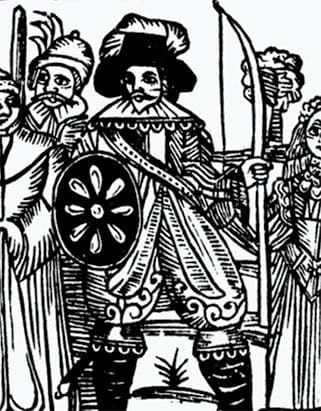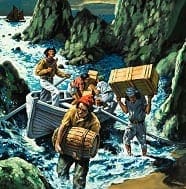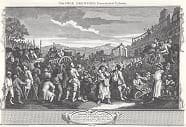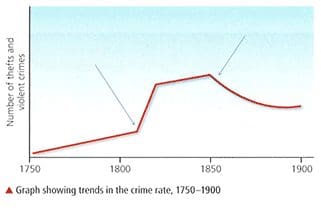Teaching Crime and punishment at KS2
Crime and punishment – assessment task
This task is provisional and adopts a different approach to the assessment task on the site you might have tried…
Read MoreCrime and punishment knowledge organiser – KS2
You are studying this topic in history because it helps you to understand how things have changed,(and have stayed roughly…
Read MorePlanning for teaching 1000 years of Crime and Punishment (KS2 Thematic Unit)
This post-1066 thematic unit has been produced to meet demand from KS2 teachers for a topic that is genuinely relevant…
Read MoreCrime and punishment – KQ1 – How do we know what punishment was like 800 years ago.
How were criminals punished 800 years ago, and how do we know? The story of the fox and the goose…
Read MoreCrime and punishment – KQ2 – What does the legend of Robin Hood tell us about medieval justice?
In the following activities, KS2 pupils learn: a. that medieval justice was loaded in favour of the rich and powerful;…
Read MoreCrime and punishment – KQ3 – More of the same. How did crimes and punishments change between 1500 and 1750?
All you need for this lesson on Crime and Punishment 1500-1750 is to turn your classroom into an art gallery…
Read MoreCrime and punishment – KQ4 – Why did punishments become so bloody in the 18th century?
Pupils label their own copy of a motivating Hogarth print showing popular attitudes to public executions before explaining the puzzling…
Read MoreCrime and punishment – KQ5 – Why did so much change happen in crime and punishment the 19th century?
Great range of activities including: generating enquiry questions about increase in crime from a line graph; explanation builder to work…
Read MoreCrime and Punishment – KQ6 – Enquiry – Has the way we catch and punish criminals improved in the last 100 years?
Having analysed a graph showing the way the prison population has risen so dramatically over the last 75 years, pupils…
Read More
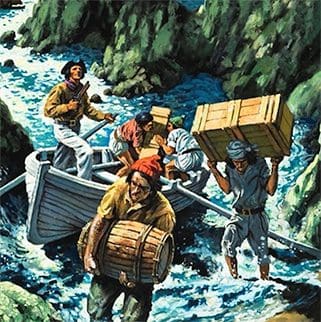 This post-1066 thematic unit has been produced to meet demand for teaching crime and punishment. Demand from KS2 teachers for a topic that is genuinely relevant and up-to-date for top juniors: something for them to get their teeth into and to voice their own opinions. By providing pupils with a broad chronological sweep of nearly a thousand years it makes a significant contribution to pupils’ grasp of the long arc of time. It is helpful if the topic can be linked to work done on Saxon justice.
This post-1066 thematic unit has been produced to meet demand for teaching crime and punishment. Demand from KS2 teachers for a topic that is genuinely relevant and up-to-date for top juniors: something for them to get their teeth into and to voice their own opinions. By providing pupils with a broad chronological sweep of nearly a thousand years it makes a significant contribution to pupils’ grasp of the long arc of time. It is helpful if the topic can be linked to work done on Saxon justice.